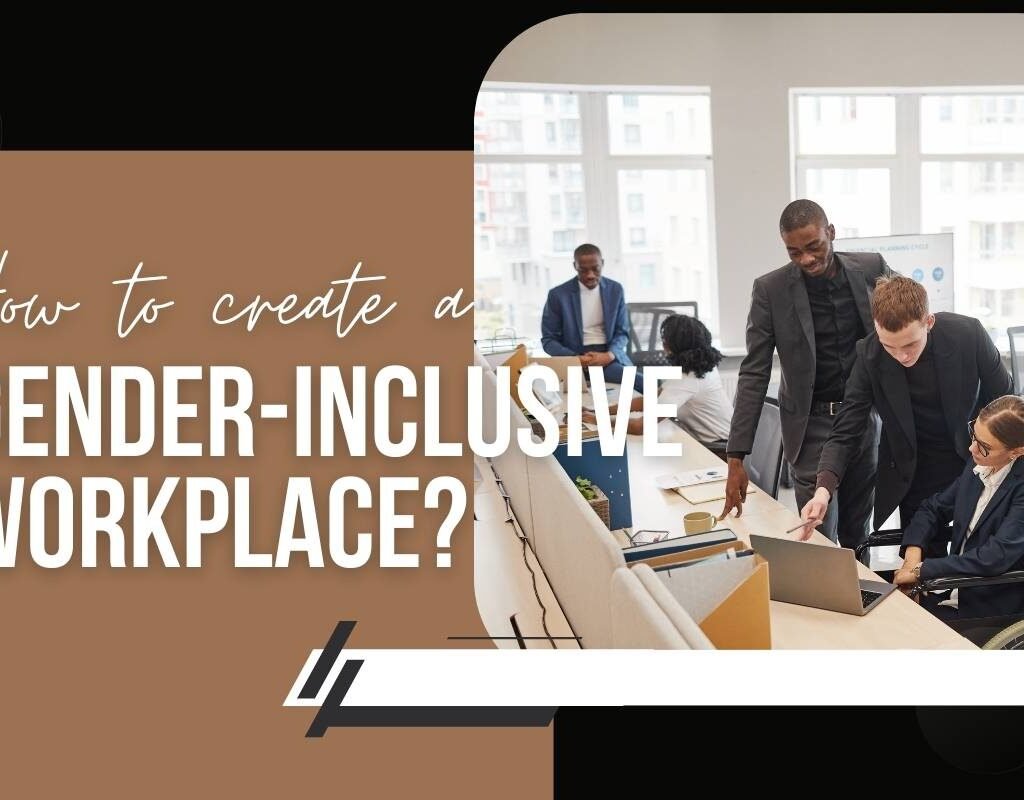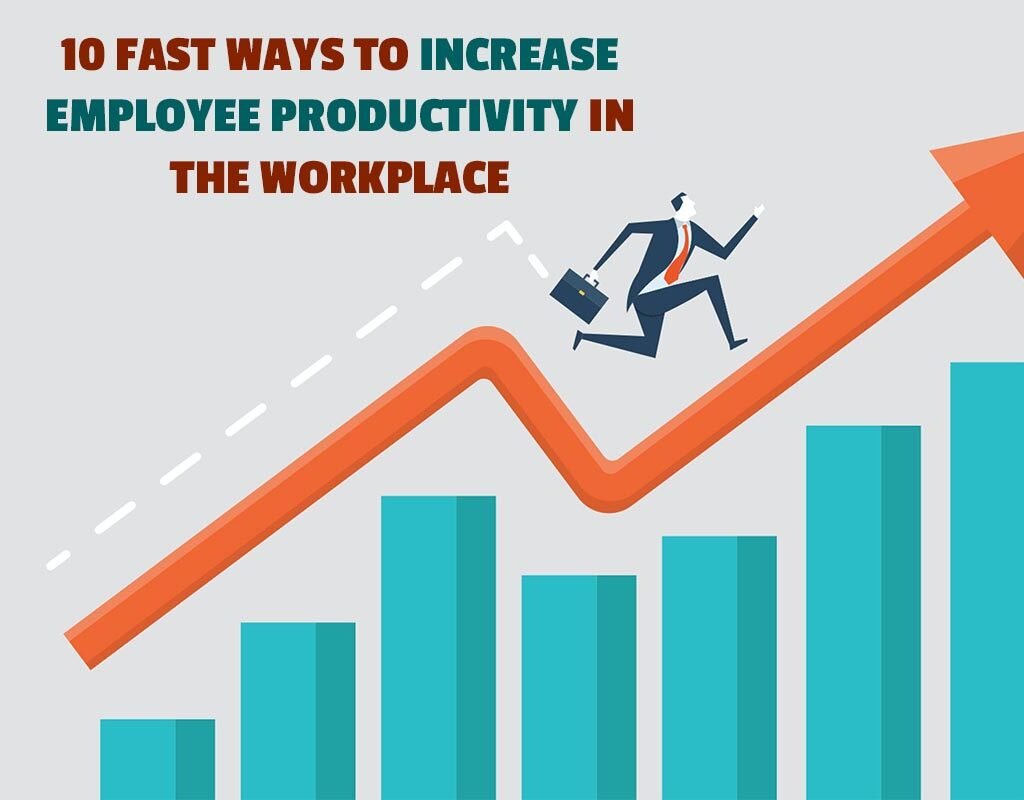Gender discrimination in the workplace is still a pressing issue regardless of how progressive the work culture gets by embracing diversity and inclusion initiatives. This type of inequality has been influencing employees negatively across industries. It can be displayed in situations such as limited opportunities for career growth, fair pay, and professional development. Some organizations are claiming to support gender equality there are still some deep-rooted biases and systemic challenges that exist in the organizations.
In this article, we will explore some of the causes that leads to gender discrimination in the workplace also understand the consequences and potential solution to over such issues at workplace.
Understanding Gender Discrimination in the Workplace
Gender discrimination in the workplace refers to the unfair treatment of employees based on their gender. This discrimination can manifest in several ways, including unequal pay, lack of promotion opportunities, harassment, and biased hiring practices. It can affect both men and women, though historically, women have faced more significant disadvantages.
A common example of this type of discrimination in the workplace is the gender pay gap. Research shows that women, on average, earn less than men for the same work. Despite efforts to bridge this gap, disparities continue to exist, often justified by factors like experience, job roles, and negotiation skills.
Another prevalent issue is the “glass ceiling,” an invisible barrier that prevents women from rising to senior leadership positions. Even when women demonstrate the same skills and qualifications as their male counterparts, they are often overlooked for promotions due to unconscious biases and stereotypes.
Forms of Gender Discrimination in the Workplace
Gender discrimination in the workplace can take various forms, some overt and others subtle. Below are some common types:
1. Unequal Pay
One of the most glaring forms of gender discrimination is wage disparity. Women and marginalized genders often earn less than men for performing identical tasks. This inequality persists across industries and even within companies that promote gender equality.
2. Hiring Bias
Recruitment processes are often influenced by gender biases. Employers may assume that certain jobs are better suited for men or women, leading to discriminatory hiring decisions. For example, women may be overlooked for high-pressure leadership roles based on outdated stereotypes about emotional stability and decision-making abilities.
3. Promotion Barriers

Women and other marginalized genders often struggle to reach leadership positions due to systemic barriers. The “glass ceiling” effect limits career growth and makes it harder for them to access senior roles.
4. Workplace Harassment
Sexual harassment remains a serious issue in many workplaces. Unwanted advances, inappropriate comments, and gender-based bullying create a toxic work environment, making it difficult for victims to thrive in their careers.
5. Lack of Maternity and Paternity Support
Many companies fail to offer adequate maternity and paternity leave, forcing employees—especially women—to choose between their careers and family responsibilities. A lack of flexible work policies further exacerbates this issue.
The Consequences of Gender Discrimination in the Workplace
The impact of gender discrimination in the workplace extends beyond individual employees—it affects businesses and economies as a whole. Some significant consequences include:
1. Reduced Employee Morale

When employees face gender discrimination, their motivation and engagement at work decline. A lack of fairness in promotions, pay, and opportunities leads to dissatisfaction and higher turnover rates.
2. Talent Drain
Organizations that fail to address gender discrimination risk losing top talent. Employees who feel undervalued or marginalized are more likely to leave, leading to a loss of skilled professionals.
3. Legal Consequences
Companies that engage in gender discrimination may face legal repercussions. Many countries have laws protecting employees from workplace discrimination, and violations can result in lawsuits, fines, and reputational damage.
4. Hindered Innovation and Productivity
A diverse and inclusive workforce fosters creativity and innovation. When employees from different backgrounds feel valued, they contribute unique perspectives that drive business growth. Gender discrimination stifles this potential.
Solutions to Combat Gender Discrimination in the Workplace
Eliminating this type of discrimination in the workplace requires a multi-faceted approach. Employers, policymakers, and employees all play a role in fostering a more inclusive work environment. Here are some effective strategies:
1. Enforce Equal Pay Policies
Companies must conduct regular pay audits to ensure that employees receive equal compensation for equal work. Transparency in salary structures can help bridge the gender pay gap.
2. Implement Bias-Free Hiring Practices
Recruitment processes should be designed to eliminate gender biases. Blind resume screening, diverse hiring panels, and standardized interview questions can help create a fair hiring environment.
3. Promote Women to Leadership Roles

Organizations must actively work to increase the representation of women in senior positions. Mentorship programs, leadership training, and sponsorship opportunities can help women advance in their careers.
4. Establish Strong Anti-Harassment Policies
Workplaces should have strict policies against harassment, with clear reporting mechanisms and swift action against offenders. A zero-tolerance approach ensures a safe and respectful work environment.
5. Offer Flexible Work Arrangements
Providing flexible work options, such as remote work and parental leave, helps employees balance their personal and professional responsibilities. Such policies support gender equality by enabling all employees to thrive.
Conclusion
Gender discrimination in the workplace continues to be a huge challenge to overcome, but it can be possible. We can overcome this issue by acknowledging that it exists, implementing policies promoting equality, and developing an inclusive work culture, any organization can create a secure space for their employees. Addressing the biases based on Gender can benefit not just employees but also the business and its economy. Companies need to take a step forward and ensure that every employee regardless of Gender has been given equal opportunity and treated fairly.











